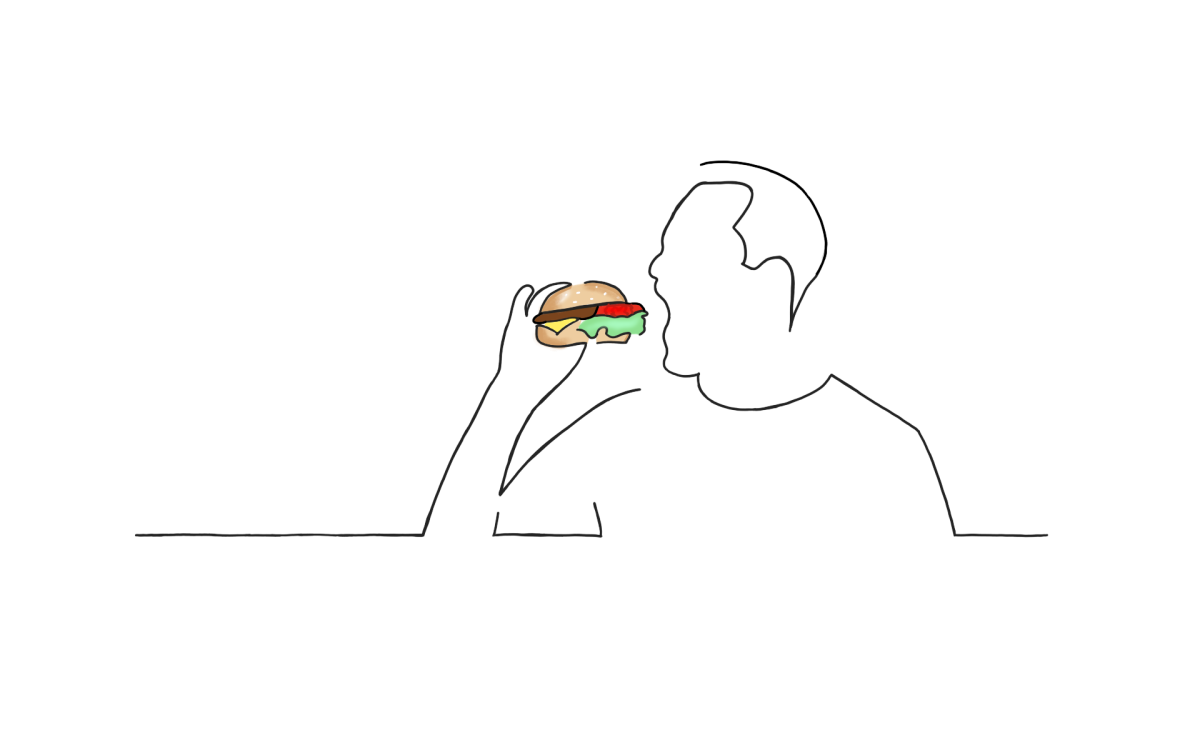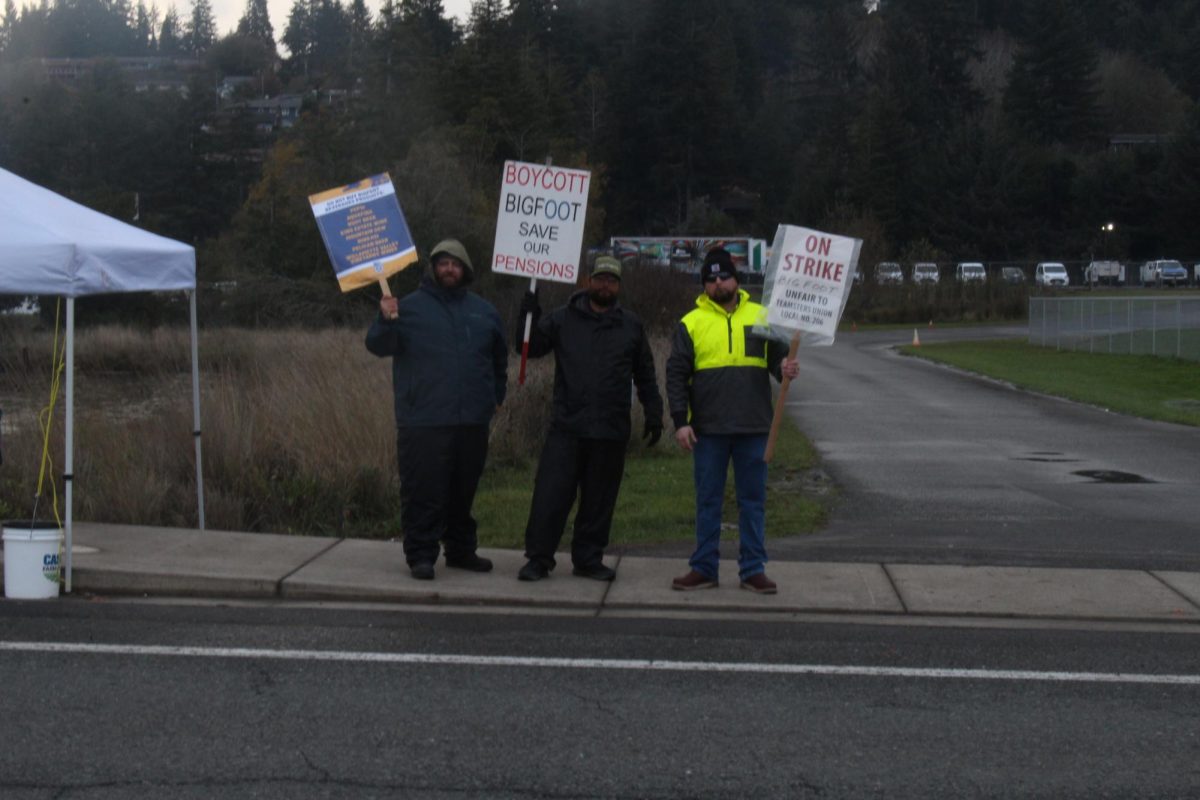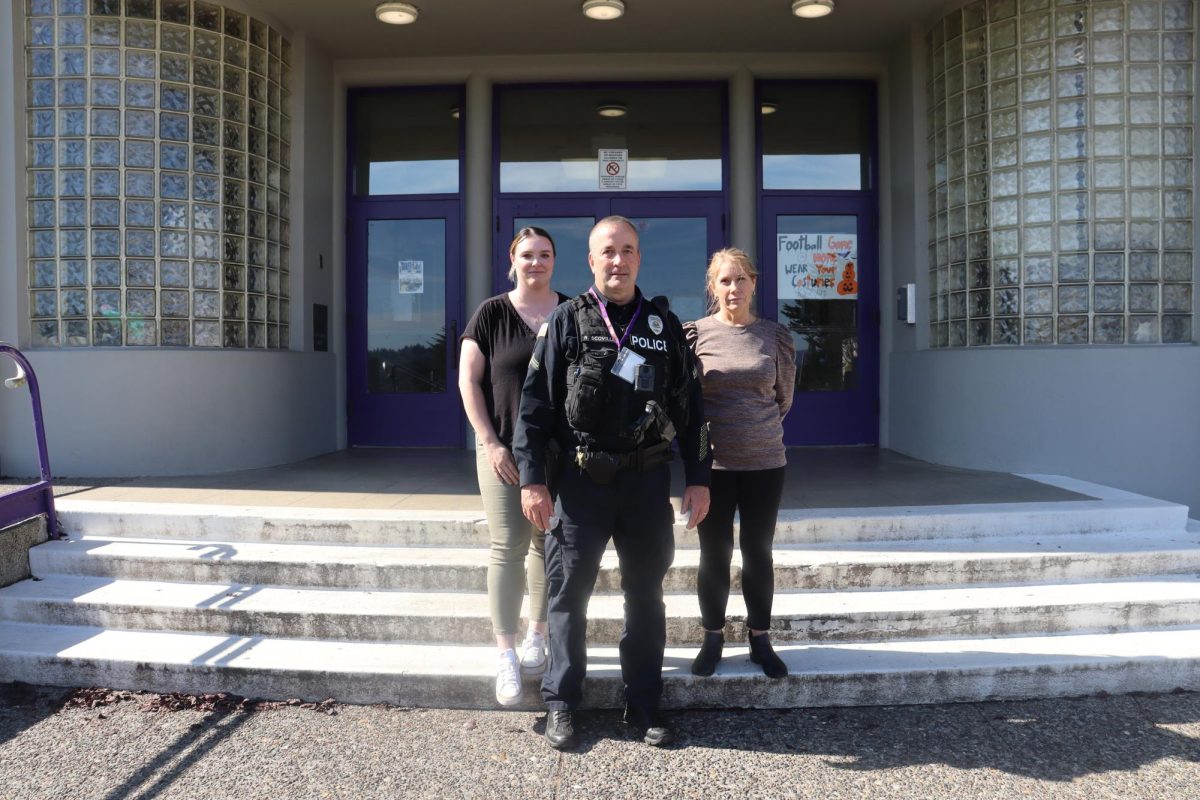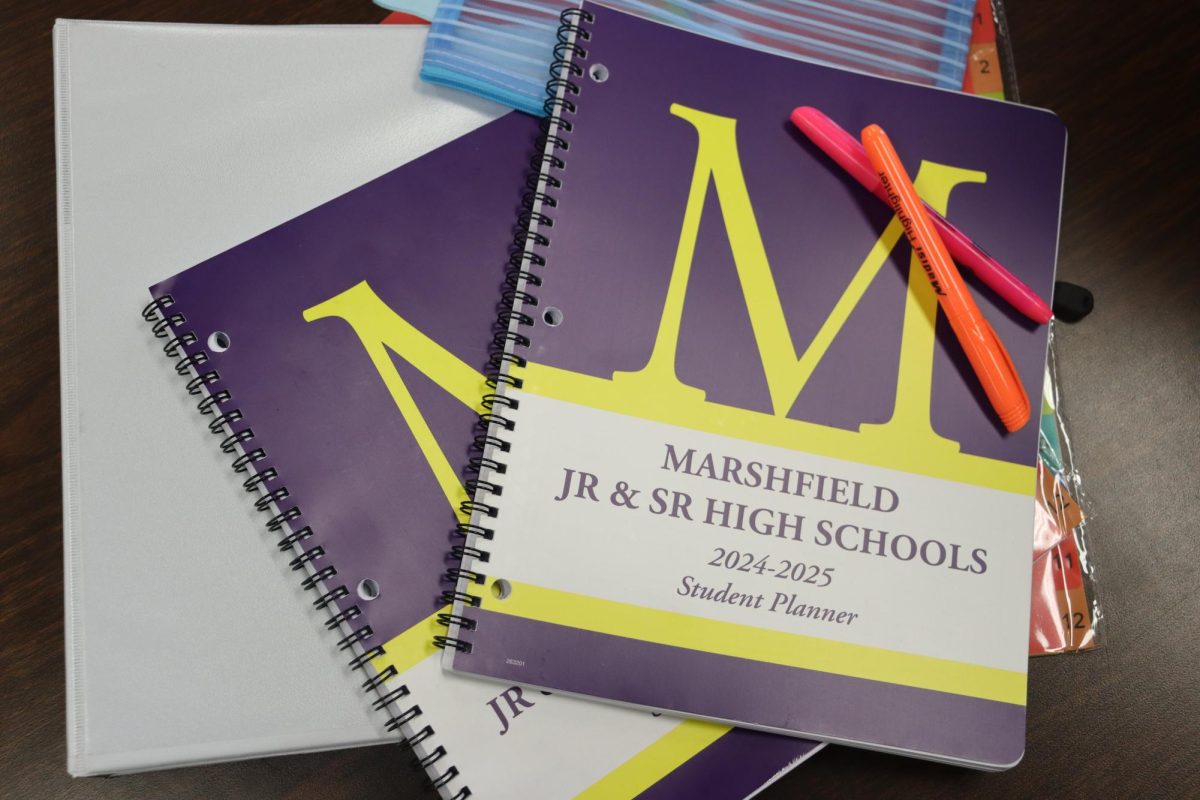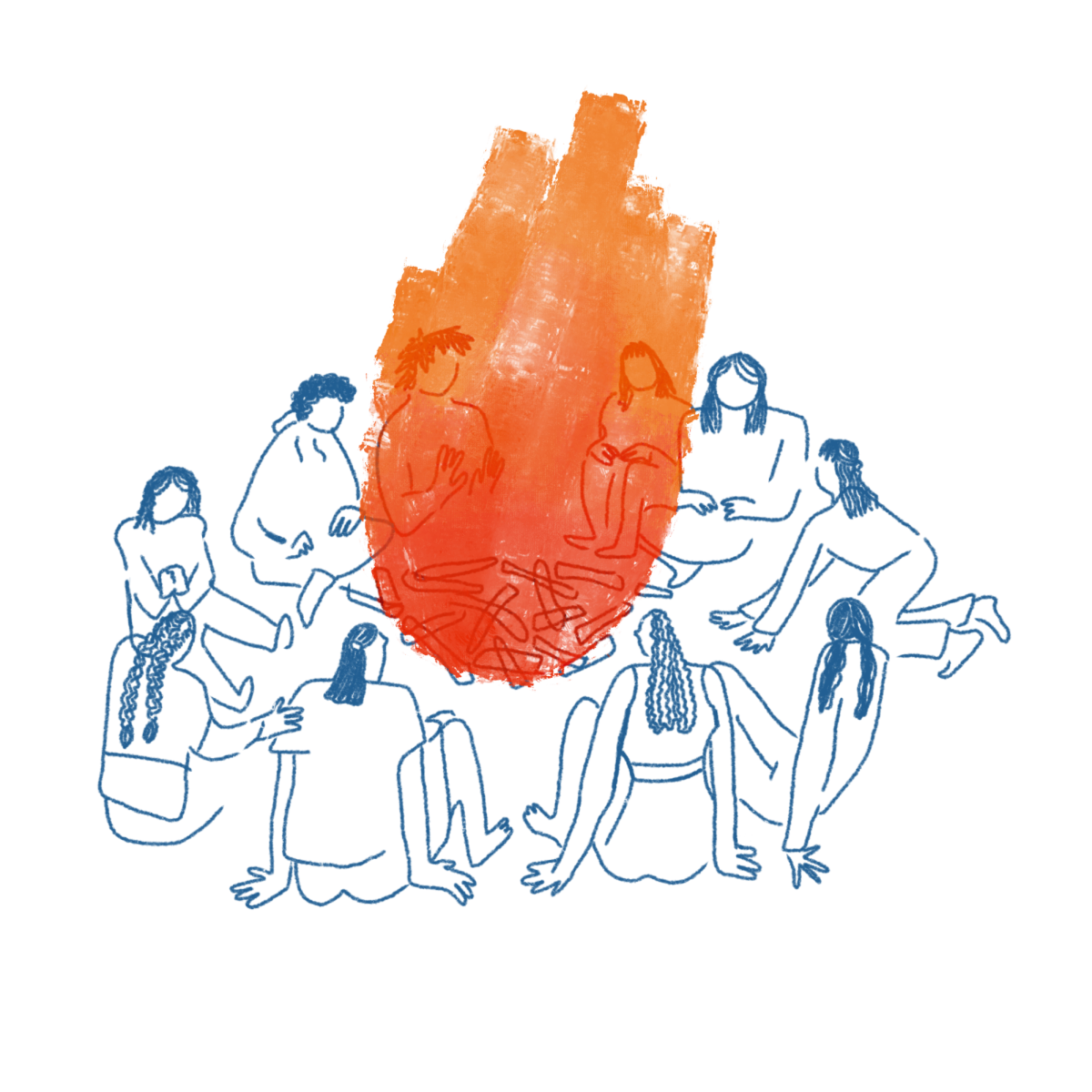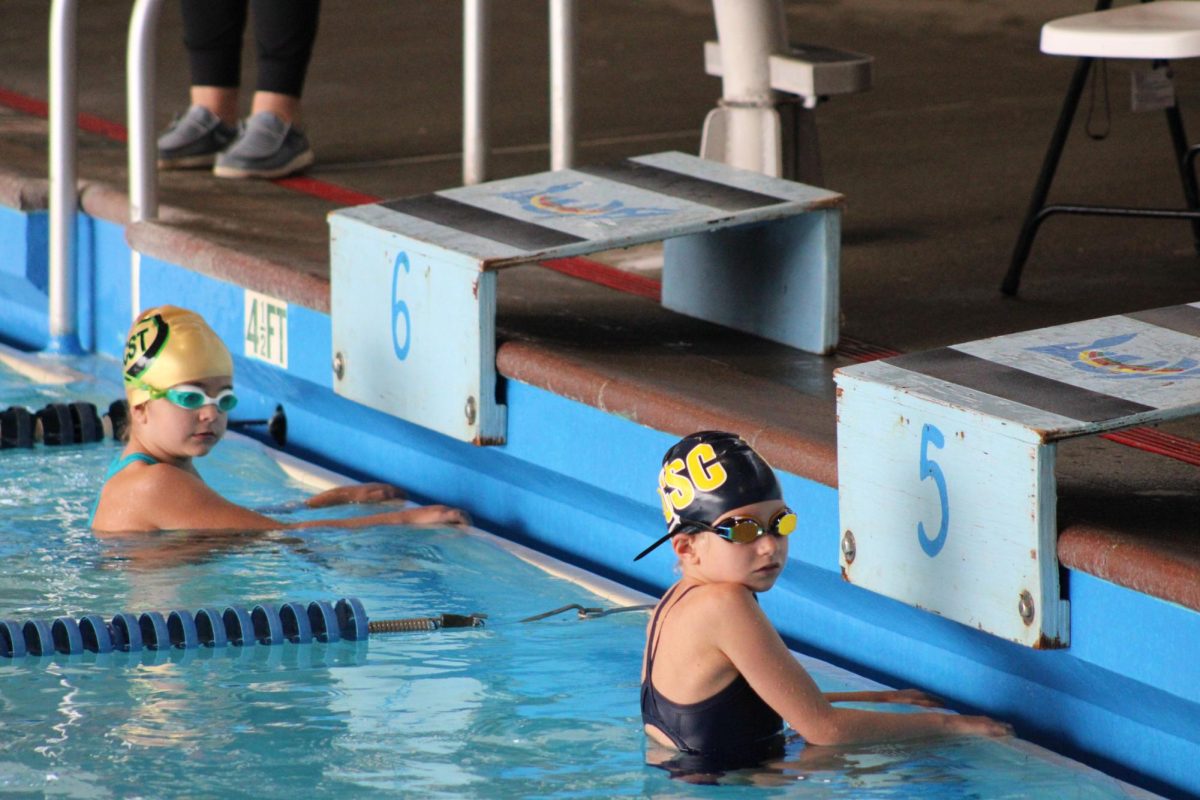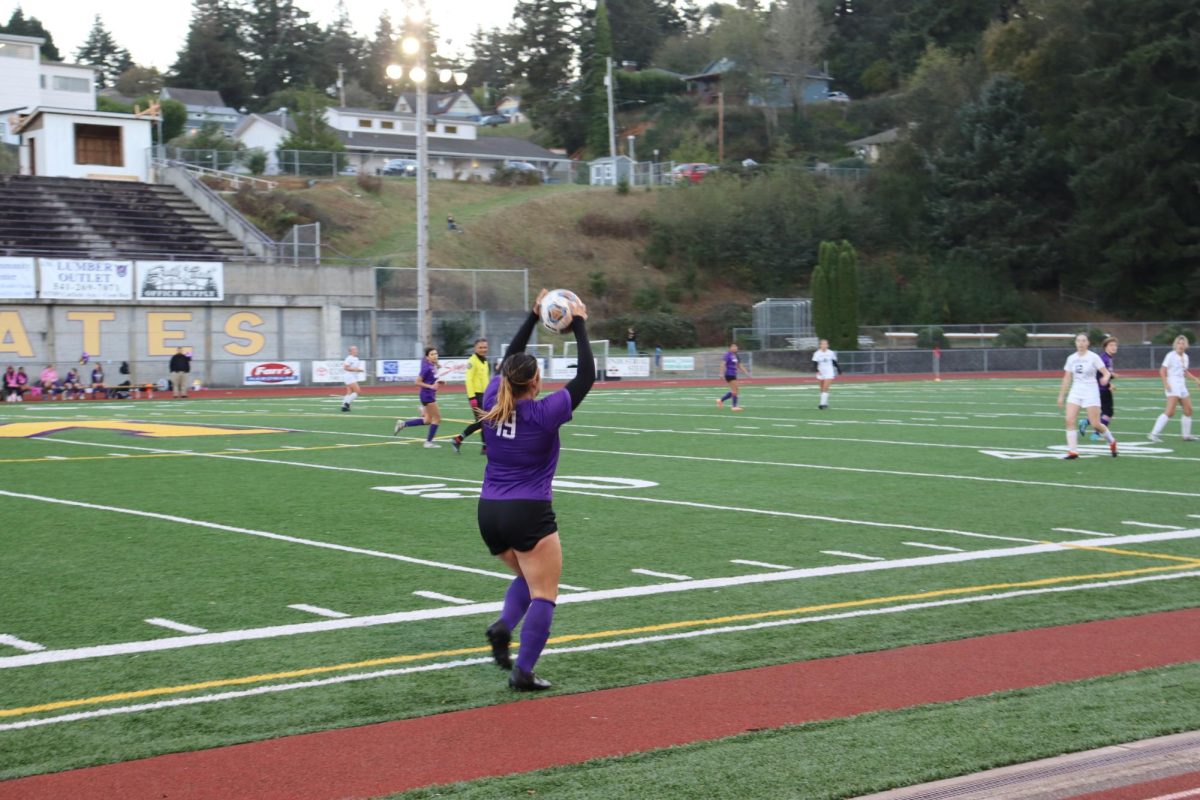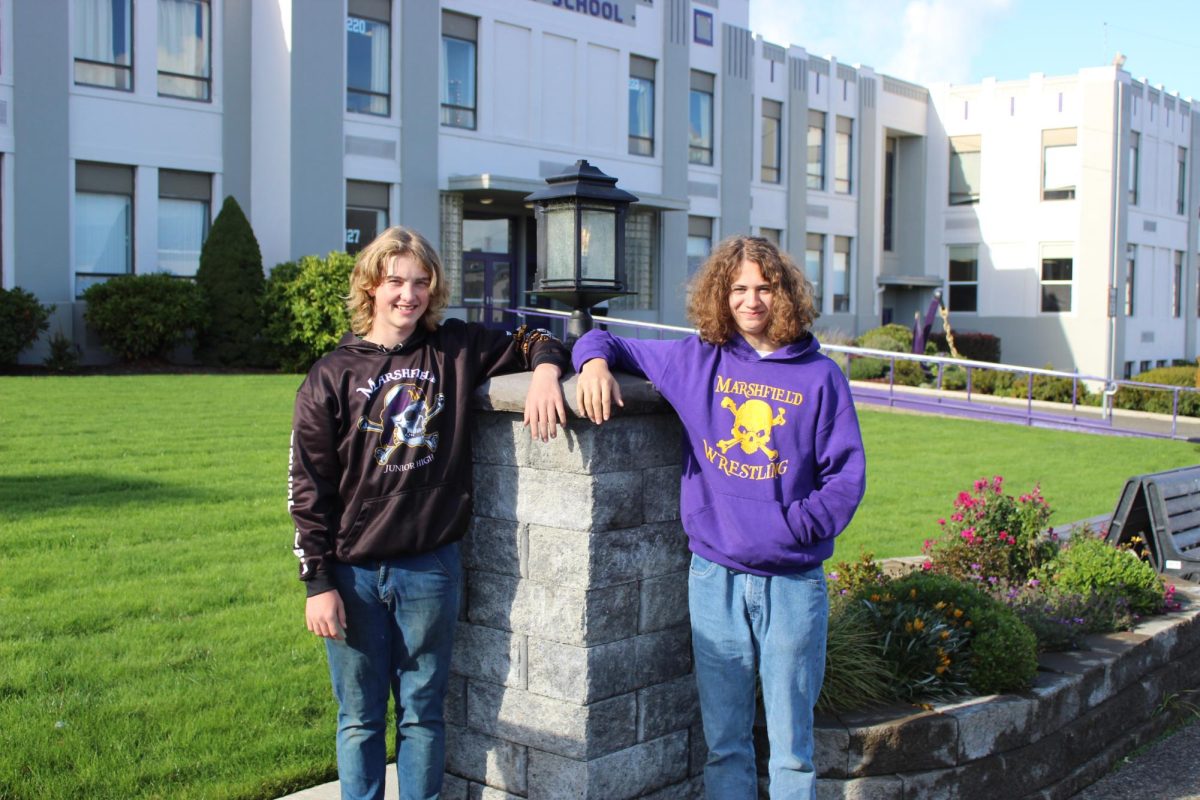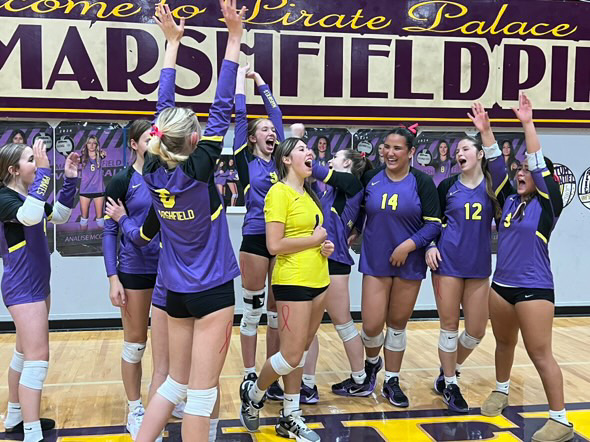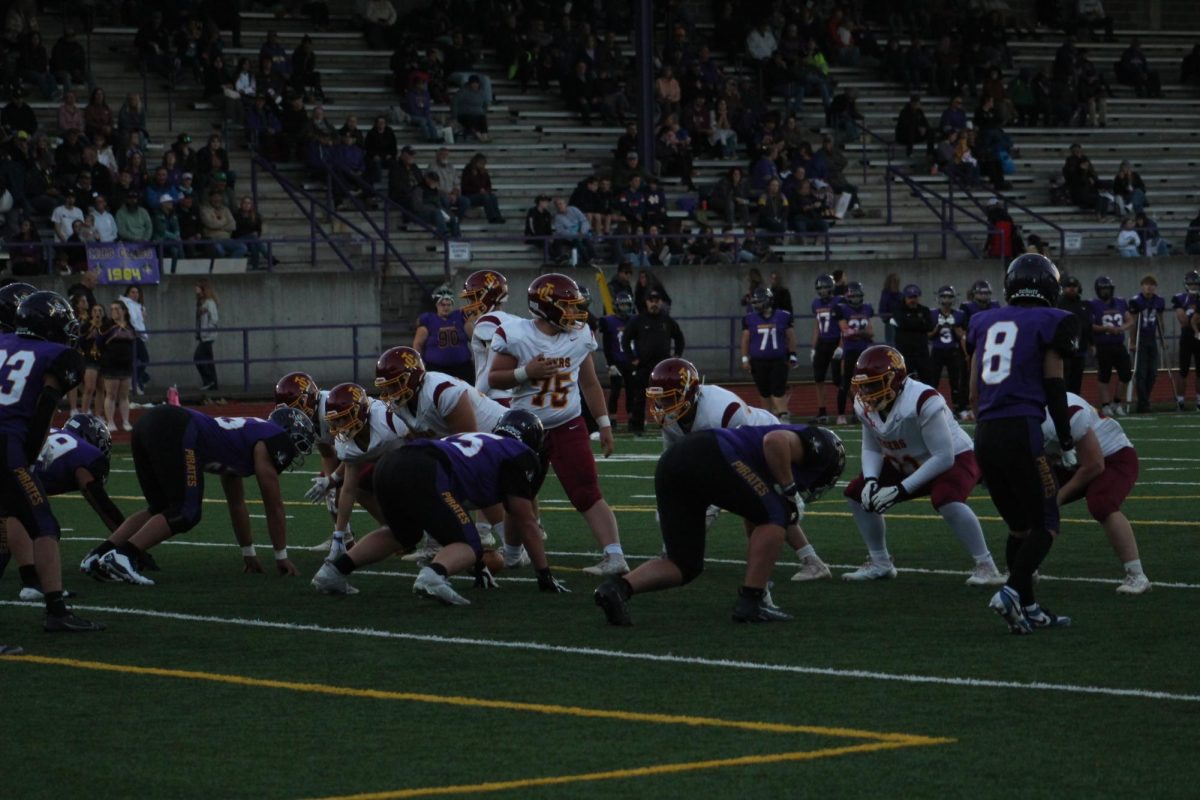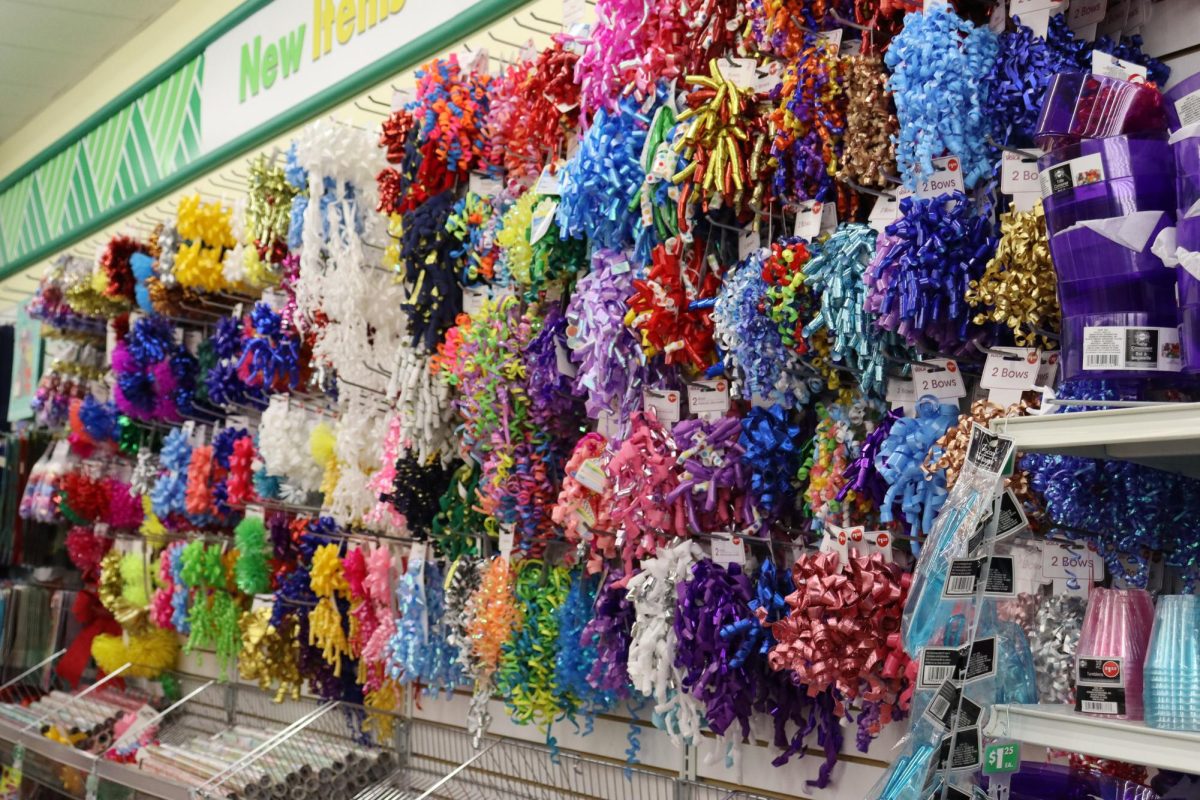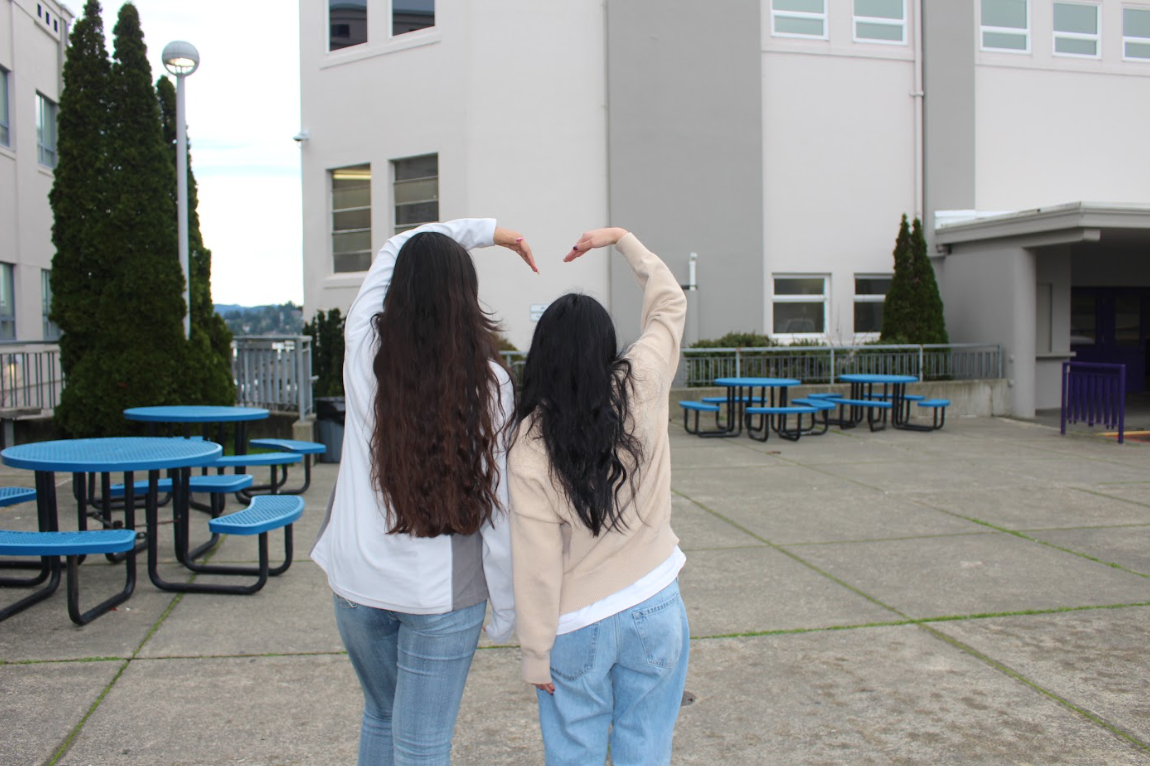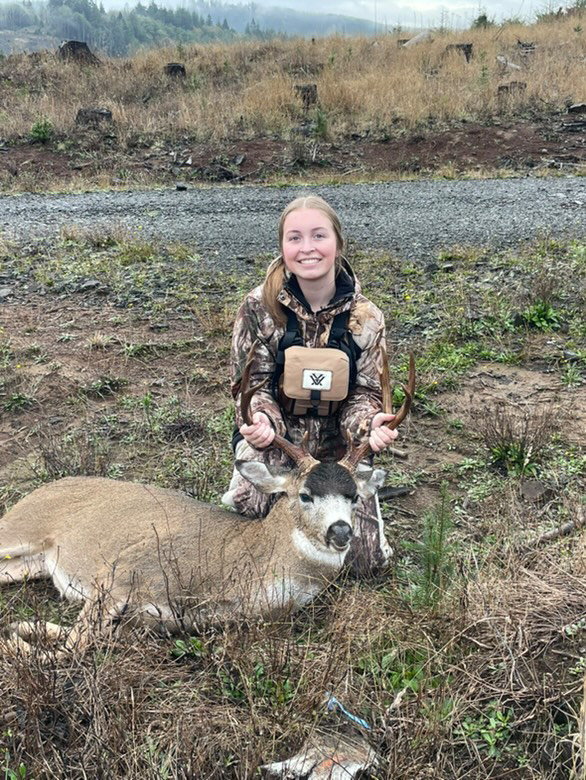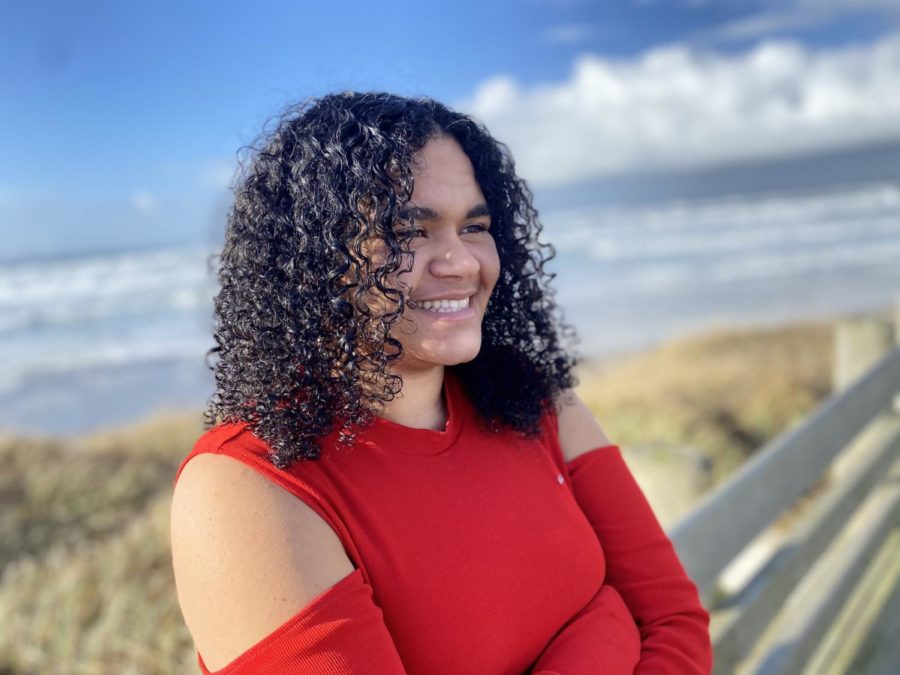Since March 2020, the hallways at Marshfield High School have been quieter than normal, as the dangers of a new virus have students participating in comprehensive distance learning (CDL) instead of crowding the hallways and classrooms. According to the National Center for Education Statistics, 57.5% of public high schools across the nation are online this year. Currently, Marshfield is included in that 57.5%. Oregon Department of Education metrics to guide the reopening of schools were recently loosened, leaving more pressure on school districts to determine how to safely reopen in their counties. For Marshfield, the decision of whether or not to return in person is currently based on COVID-19 cases in Coos County.
Becky Crane has been president of the Coos Bay teacher’s union for the past few years. As the union president she represents staff in district level decision making.
“The obvious risk of returning to in-person school is the spread of COVID-19,” Crane said. “Some people don’t actually have any symptoms, but can spread to others.”
According to the CDC, there are multiple studies suggesting that asymptomatic and presymptomatic transmission does occur. Since it can take up to 14 days for symptoms to occur in some cases, someone with the illness may unknowingly spread it within their circle.
MHS English teacher Stephani Howe is worried about the safety of staff and students if we return too soon, with COVID-19 cases increasing in the county.
“I mean if we haven’t gone back yet, why would we now when the numbers are the highest?” Howe said. “I’m just concerned about safety, for all of us.”
While many staff members agree that COVID-19 spread is still a risk in our community, whether or not we should return to in-person school sooner rather than later is still largely debated.
Crane believes that it would be beneficial to return in-person to school, and looks to Coos Bay School District and the excellent job they have done to keep school cases isolated to prevent the spread of COVID-19.
“Considering the success of bringing our K-3 students back to in-person, I personally believe the benefits outweigh the risks,” Crane said. “The in-person cohorts have done a great job with new safety protocols such as masks and distancing, and we have not had widespread COVID-19 in our schools.”
Howe, on the other hand, is still hesitant for the higher grades to open in-person school just yet. While Coos Bay schools have not had widespread cases of COVID-19 to date, she is concerned with the differences between elementary school and high school.
“The high school functions so differently than any of the other schools in the district. I think for K-3 that stays with their teacher all day–there’s not a lot of movement going on, so it’s easier to keep groups separate and safe,” Howe said. “But at the high school, that’s just not possible.”
Worry about contracting the virus itself is not the only element causing people to struggle during this pandemic. According to Howe and MHS science teacher Lynda Sanders, they have found that students are both having a difficult time with the isolation that comes with distance learning.
“I think that for the majority of our students it is a struggle,” Sanders said.
Howe and Sanders also agreed that teaching online is more difficult than teaching in person. It is harder for teachers to gauge how their students are doing.
“Teaching online is not as enjoyable as teaching in person,” Sanders said. “It is really difficult to determine if a student is understanding or not. It also makes it more difficult to get to know the students. Some students are doing well because they have figured out how to manage their time, but I think that for the majority of our students it is a struggle,” Sanders said.
In addition to the teaching and learning style being completely different than in-person school, many students are addled with further distractions at home, such as younger siblings that they are watching at the same time they are supposed to be completing coursework. This allows their parents to work and provide for the household, but it is difficult for teens to juggle learning at the same time. Howe agrees that this can add to a student’s struggle with CDL.
“I think it just really depends on the student and what’s going on in their home,” she said.
Even those that do not have younger siblings to watch can struggle. Some students do not receive the support they need without the in-person interaction with teachers. They really need the in-person element to stay engaged.
“Many students struggle to stay engaged while doing online work and teachers are limited in their ability to help,” Crane said. “Some students are struggling with loneliness, isolation and depression since school was a place to catch up with friends and interact with others.”
Like all MHS students, sophomore Kate Miles has been in CDL for the entire 2020-2021 school year so far. She tries her best, but learning online is not her favorite method for school.
“Being isolated and alone all week is definitely not something that is good for anyone’s emotional health,” Miles said.
It goes past just staff and students. Some live with loved ones at high risk. Senior Titus Simon is one example of this.
“My Grandma lives with me and the chances of her surviving the Coronavirus are slim to none so I won’t risk going back to school and getting it,” Simon said.
There are so many personal elements involved in the decision to return in-person. It is a stark reminder of how intertwined schools are within the community. At this point, it has become clear that each person has a situation that is unique to them. Choices between CDL and in-person class may be allowed for the remainder of the pandemic, not only to curb the spread of COVID-19, but also to allow individuals the emotional and educational support they need.
“Don’t get me wrong, I definitely want to get back to teaching in person but I don’t think we want to do so if it puts people at risk,” Sanders said. “Somehow we need to figure out a way to balance the risks with the benefits.”


